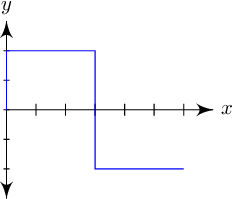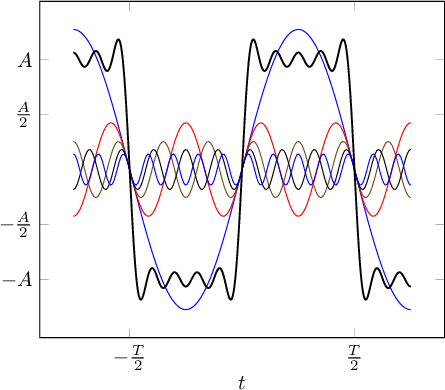Modeling
The Fourier Series
In the early nineteenth century, Joseph Fourier had a problem. Fourier was a French mathematician, and by this point in his life he had figured a lot of things out—he had discovered the greenhouse effect, been made a governor of Egypt by Napoleon (yes, that Napoleon), and taken a lecturer position at the École Normale in Paris.4 But Fourier, like all good French men, loved to cook. Here was where all of his learning failed him.
No one knew how to figure out how heat traveled through a pan, which made it hard to cook perfect bacon. And look at this portly handsome devil—here's a man who deserved perfect bacon.

Fourier took it upon himself to figure out this heat transfer problem once and for all. Past mathematicians had figured out how heat moves through a square pan if—and only if—the source of heat was a wave, like a sine or a cosine. Those were easy to figure out. Fourier knew this. He realized that he could use these waves, with different frequencies and amplitudes, to approximate any shaped heat source using constructive and destructive interference.5
Imagine the heat applied to the plate took the form of a square wave—say what? Imagine half of one side was held to a flame at constant temperature and the other half was not. Boom. Square wave.

Fourier found that with the right combination of sine waves their interference pattern would start looking a lot like this square wave. Check out the picture below. The sum of all the colored waves is the black wave that's (almost) square:

The more waves you add, the closer to a perfect square wave your sum becomes. The list of sine waves that add up to the shape in question is called that shape's Fourier series, and it's not just square waves—almost any shape can be constructed from the right collection of waves. Weird.
This insight not only allowed Fourier to solve the heat equation for a two-dimensional object (and cook crispy bacon without fail), but also opened up an entirely new area of mathematics called Fourier analysis, which uses Fourier series to solve previously impossible problems. It can be used to model heat exchange, bridge deformation, AC circuit behavior...in fact, Fourier can pretty much model anything except swimwear. All with waves and interference.